Have you run out of soy sauce? We'll tell you all the best (and worst) light soy sauce substitutes, including gluten free and soy free alternatives in this article. So, don't let a missing ingredient get in the way of creating a delicious meal – there are plenty of soy sauce alternatives to save the day.
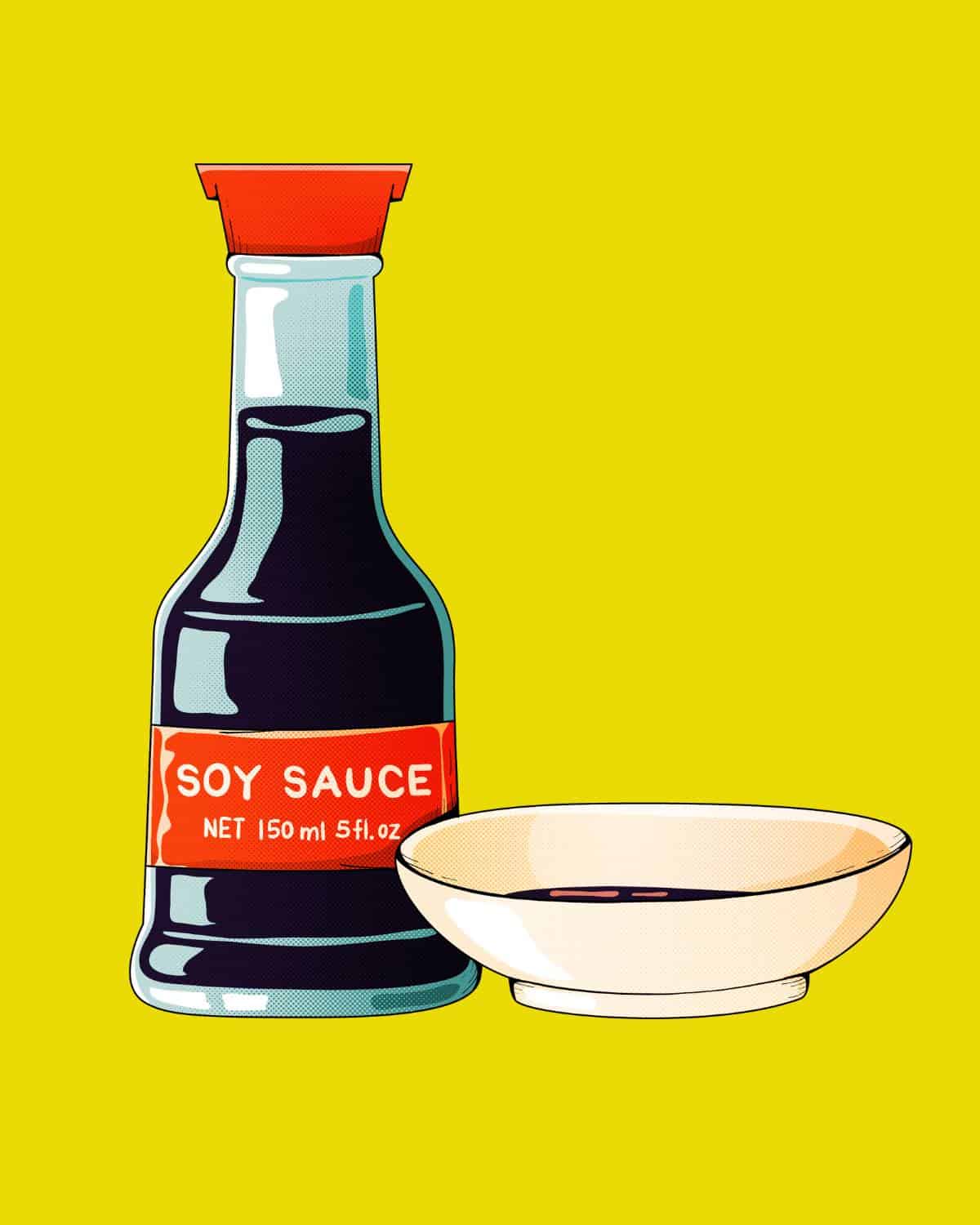
Jump to:
🙋♀️ What is light soy sauce?
Soy sauce is a staple ingredient in many Asian cooking styles and is used to add flavour and saltiness to dishes. It's a savory sauce made by fermenting soybeans and is a great seasoning or flavor enhancer. It's the most common soy sauce and is used in many recipes.
If a recipe calls for regular soy sauce, all purpose soy sauce, or just 'soy sauce', it's referring to light soy sauce.
It's used in everything from curries (like our Thai green curry), to fried rice (like our nasi goreng), and from ramens (like this tantan ramen) to stir fries (like our Szechuan tofu). It's also a great ingredient for making dipping sauces for dumplings or delicious Asian-style salad dressings, like this Gado Gado.
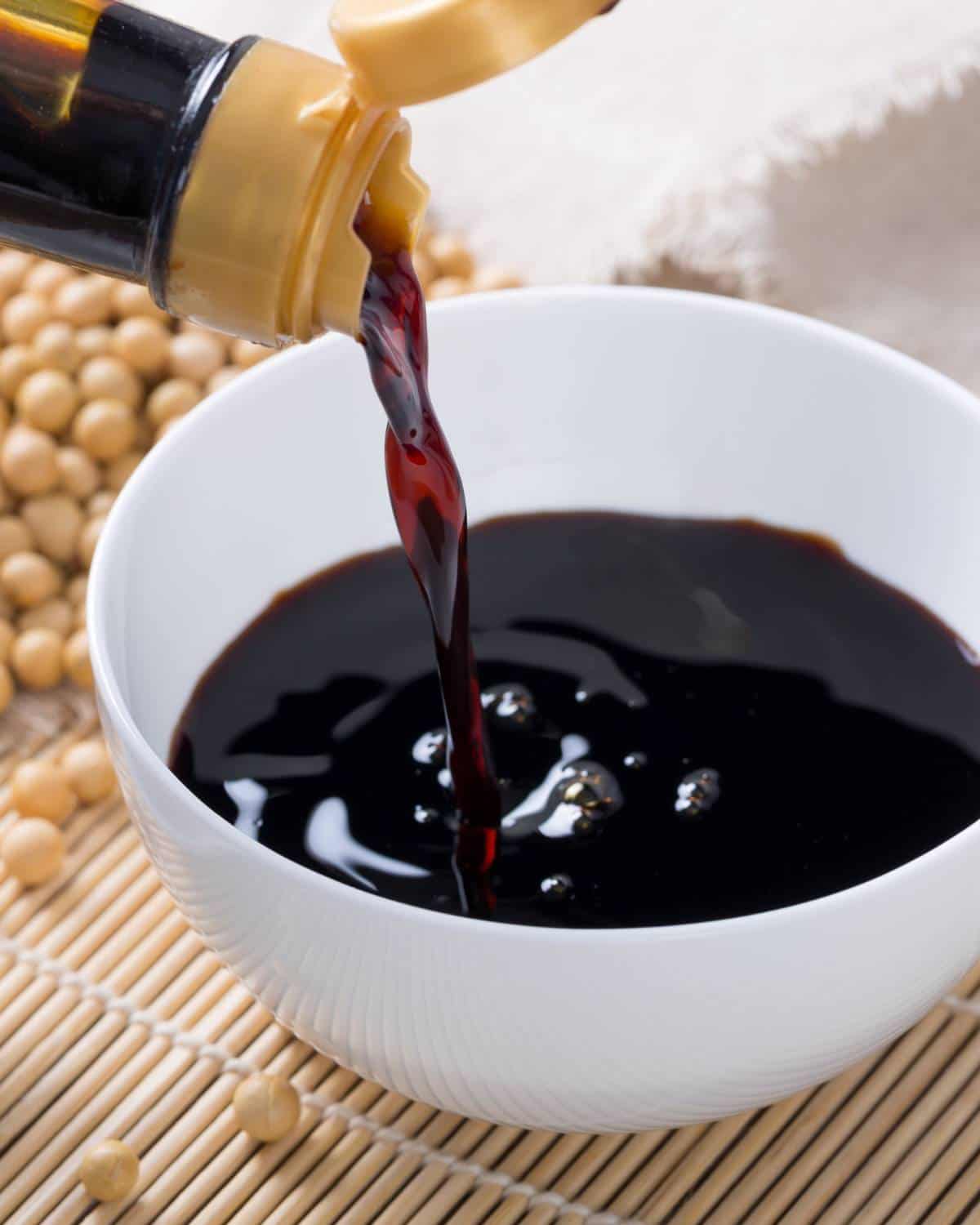
🍶 The difference between light and dark soy sauce
Light soy sauce is thinner in consistency and lighter in colour than dark soy sauce, and has a milder and saltier taste. It's often used in Asian style cooking, including Japanese cooking and Chinese cooking.
Dark soy sauce on the other hand has a thicker consistency and a richer, sweeter flavour (which makes it quite a good kecap manis substitute when mixed with water and sugar). While dark soy sauce has a sweeter flavour, it does still contain more sodium than light soy sauce. Light has around 7%, whereas dark has around 9%.
They also serve different purposes. Dark soy sauce is often used as much for adding colour to dishes, as it is for flavour. It's used a lot in Chinese cooking. Dark soy sauce also has a stronger soy flavor than light. Find out more about dark soy sauce.
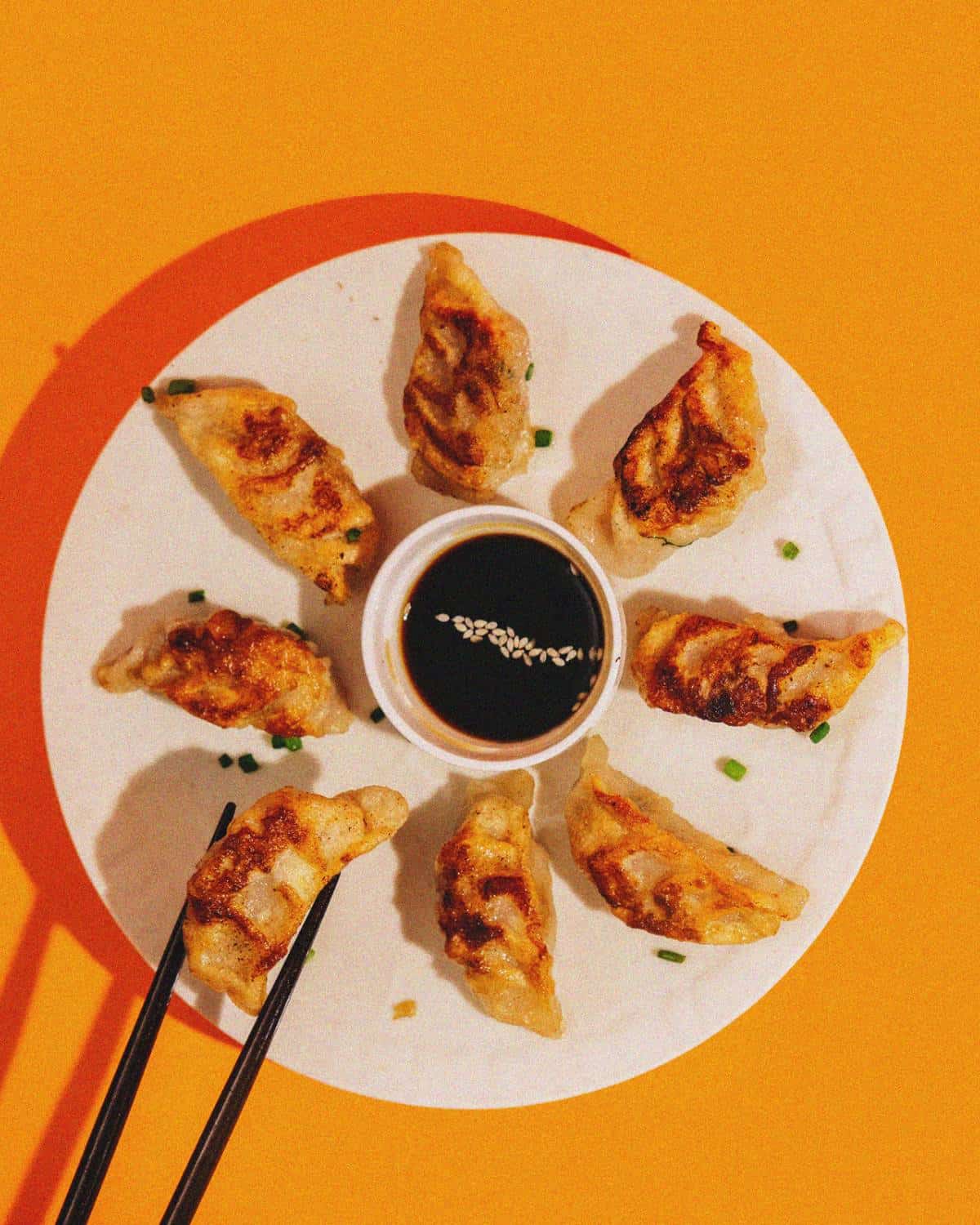
Difference between Chinese and Japanese soy sauce
While both China and Japan produce soy sauce, there are some significant differences between the two in terms of taste, color, and usage.
Chinese soy sauce can be broadly categorized into two types: light and dark (as above). The most commonly used soy sauce in Chinese cuisine is the light variety. It is thin, salty, and has a lighter color compared to the Japanese version.
Chinese light soy sauce is primarily used for seasoning and marinating (like in this Chinese Jackfruit or Chinese Curry recipe) and also used as a dipping sauce for dumplings and other appetizers in Chinese cuisines. Chinese light soy sauce is made by fermenting equal parts of soybeans and wheat. It is then blended with brine and aged for a shorter period than dark soy sauce, resulting in a lighter colour and saltier taste.
In contrast, Japanese soy sauce, or shoyu, is thinner and darker in color than Chinese light soy sauce. Sometimes mirin can be added, a sweet rice wine, resulting in a sweeter taste.
Japanese soy sauce is primarily used in dipping sauces for sushi, sashimi, and tempura in Japanese cuisine. It is also used in cooking to add flavor to soups, stews, and marinades, like this Nasu Dengaku (Miso Aubergine). Japanese soy sauce is made by fermenting a mixture of soybeans and wheat, then blending it with koji, a type of fungus, and salt. It is aged for a longer period than Chinese light soy sauce, resulting in a richer flavor and darker colour.
Another significant difference between Chinese and Japanese soy is the presence of additives. While Chinese soy sauce often contains caramel coloring and other additives to enhance its flavor and appearance, the Japanese variety is usually made using only four ingredients: soybeans, wheat, salt, and koji.
👩🍳 The best substitutes for light soy sauce
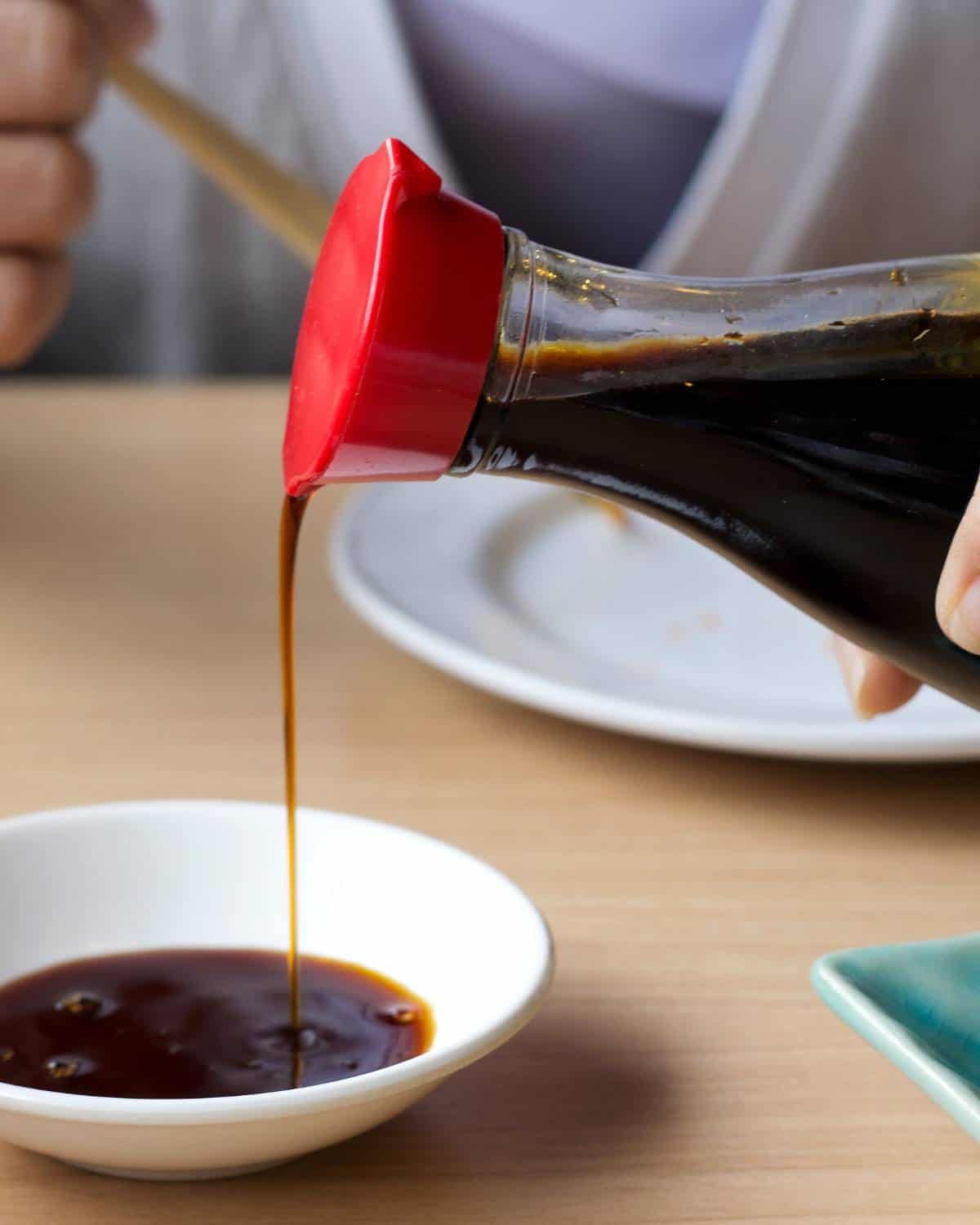
Tamari (gluten free)
Tamari is not only the best light soy sauce substitute, but it's a gluten free alternative. If you're not familiar with tamari, it's a Japanese sauce made with fermented soybeans, just like typical soy sauce. The main difference is that it is gluten free, because no wheat is used in the production of tamari.
The flavour and consistency are very similar to light soy sauce. It's a little bit more mellow and a little less salty, but overall it delivers the same umami flavour and colour as light soy sauce. It's great in this Pad Thai.
1:1 – substitute 1 tablespoon of soy sauce for 1 tablespoon of tamari.
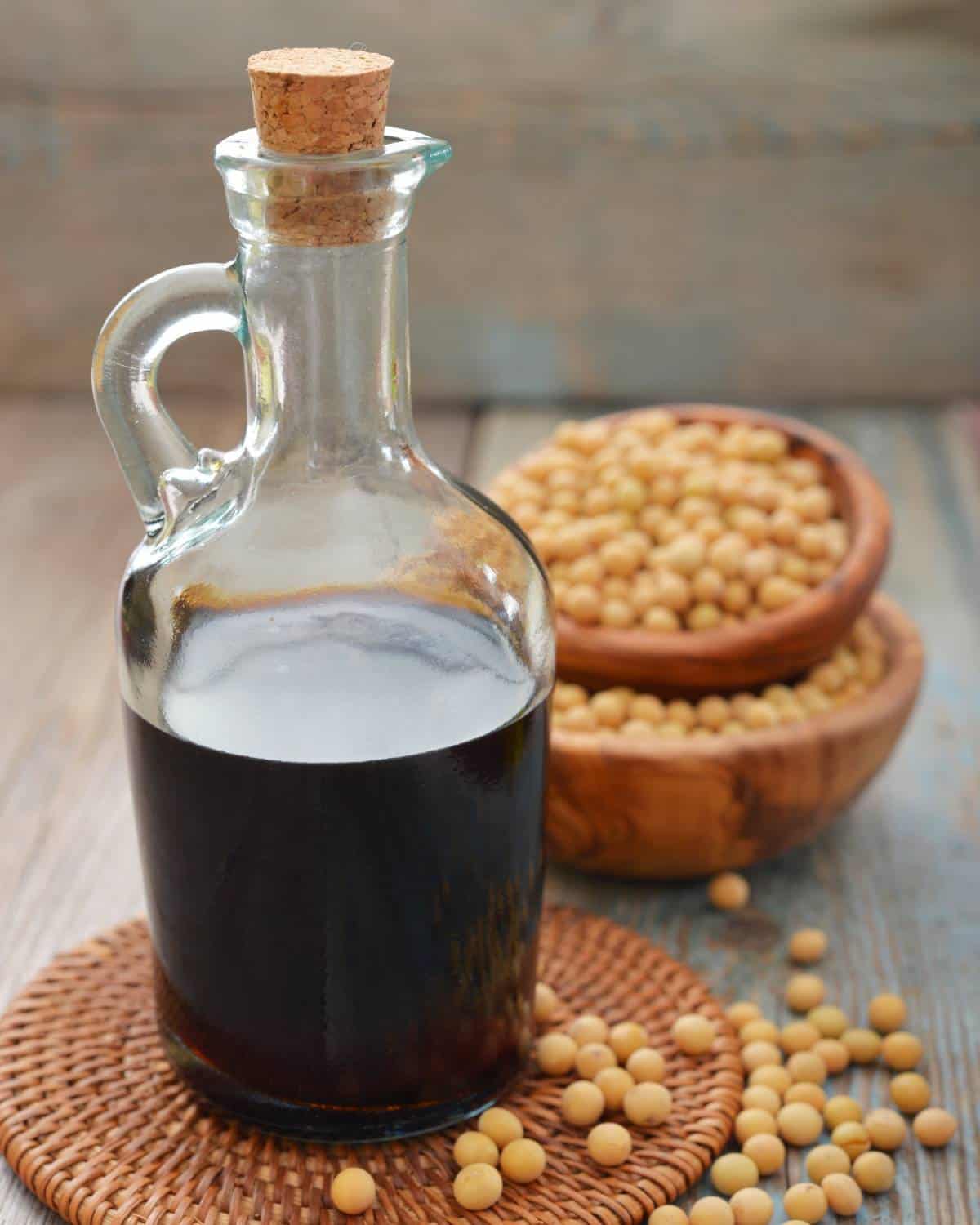
Low sodium soy sauce
Low sodium soy sauce does exactly what it says on the tin – it's soy sauce with a lower sodium content, so if you're being careful of your sodium intake then this is the soy sauce alternative for you.
Depending on the brand that you buy, it typically has between 25-40% lower sodium content than standard soy sauce. Try it in this Thai vegetable stir fry.
1:1 – substitute 1 tablespoon of soy sauce for 1 tablespoon of low sodium soy sauce. The end result will be a little less salty tasting, but it will be low sodium!
Liquid or coconut aminos (gluten free)
Liquid aminos, or coconut aminos, are both great choices if you're looking for a light soy sauce substitute.
Aminos can still be made with soy beans (like Bragg liquid aminos), or there's coconut aminos, which are made by fermenting coconut sap. Both make a great gluten free alternative and coconut aminos are perfect if you have a soy allergy, as it's soy free.
In terms of flavour, liquid aminos tend to have a milder, slightly sweet flavour, but they're a really good alternative to all purpose soy sauces. Try it in these easy Singapore noodles.
1:1 – substitute 1 tablespoon or light soy sauce for 1 tablespoon of liquid aminos (or coconut aminos).
Vegan fish sauce
Yep, vegan fish sauce exists now – it's perfect for making traditional Thai curries or other recipes that call for fish sauce. It's also not a bad soy sauce alternative!
Vegan fish sauce is saltier than standard soy sauce and the flavour profile isn't exactly the same (it's a bit fishy). It's also lighter in colour, so it won't darken sauces as much as soy sauce. It's great in Thai red vegetable curry.
1:0.5 – substitute 1 tablespoon of soy sauce for 0.5 tablespoon of vegan fish sauce (it has a stronger flavour than most soy sauces).
Soy free sauce
Yes, there is such thing as soy-free sauce! These faux soy sauce substitutes are often made with ingredients like kelp or chickpeas. It's a great option for people with dietary restrictions or a soy allergy.
Depending on what they're made from they can be soy and gluten free - be sure to check the label. The ingredients also determine the flavour, for example one made with kelp may have a slight seaweed or even fishy flavour to it. Try it as part of this cashew stir fry.
1:1 - substitute 1 tablespoon of soy sauce for 1 tablespoon of soy-free sauce.
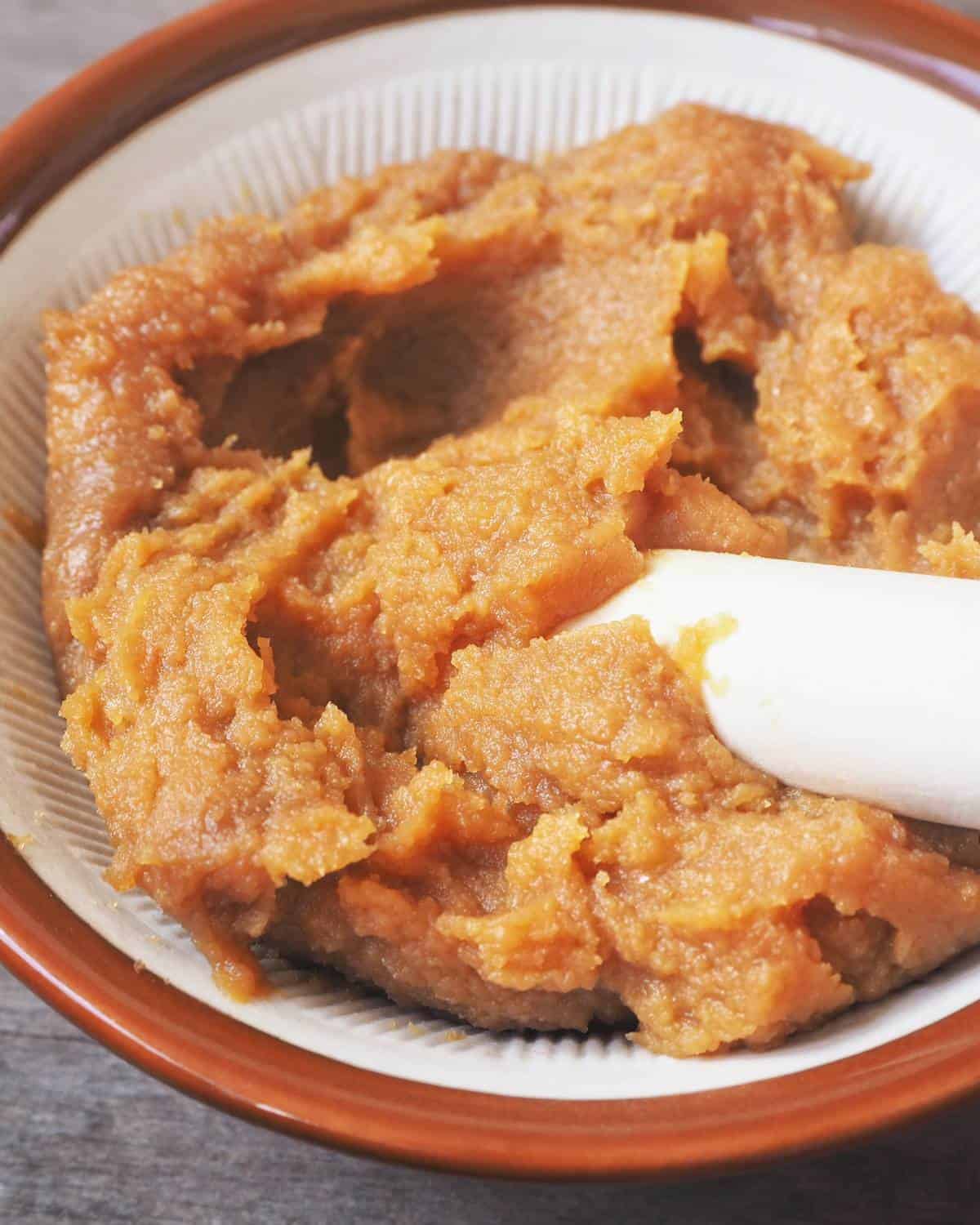
Miso paste + water
Like soy sauce, miso paste is made by fermenting soybeans. But it's a thick paste and has a different flavour profile. It packs a big umami hit, has a slightly sweet edge and has that funky, fermented flavour. It packs a punch.
So it's not the perfect substitute straight off the bat, but if you mix it with some water it's also not the worst. If you're making your own soy sauce substitute we'd recommend using a white miso which has the mildest flavour, and mixing it with water – 1 teaspoon of miso with 2 teaspoons of water. But don't forget, it will add a slight umami flavor too.
1:1 - substitute 1 tablespoon of soy sauce for 1 tablespoon of miso mix (2 teaspoons of water + 1 teaspoon of white miso paste).
🤨 The worst substitutes
Here's some other crazy stuff we've seen suggested as soy sauce alternatives. We won't go into detail, but we don't recommend these ingredients for replacing any soy sauces.
Worcestershire sauce
Never listen to anybody that tells you Worcestershire sauce is a good soy sauce substitute. It's not.
Yeah, we're putting our foot down on this one. We like vegan Worcestershire sauce (or the similar Henderson's Relish). It's great for adding a hit of tangy flavour to a bolognese, or a splash on top of some vegan cheese on toast (trust us and try it). But it's definitely not a good soy sauce alternative.
It has a powerful flavour that's sour, tangy and even a slightly spicy note. Not things you want when trying to replace traditional soy sauce.
Hoisin sauce
Hoisin sauce is thick, sweet and tangy – not words you'd use to describe light soy sauce. We don't recommend hoisin as a substitute. However, it is one of our favourite dipping sauces!
Teriyaki sauce
Just like hoisin, the consistency and flavour aren't a good match for replacing soy sauce. There's extra flavours included like garlic, ginger and there's even sweetness in this sauce too.
Oyster sauce
Oyster sauce, vegan or otherwise, isn't an alternative that we'd recommend. It has a much thicker consistency as well as a sweetness that doesn't make it a good substitute.
While these ingredients might be good for adding flavour to dishes, they certainly are not a good substitute for any soy sauces!
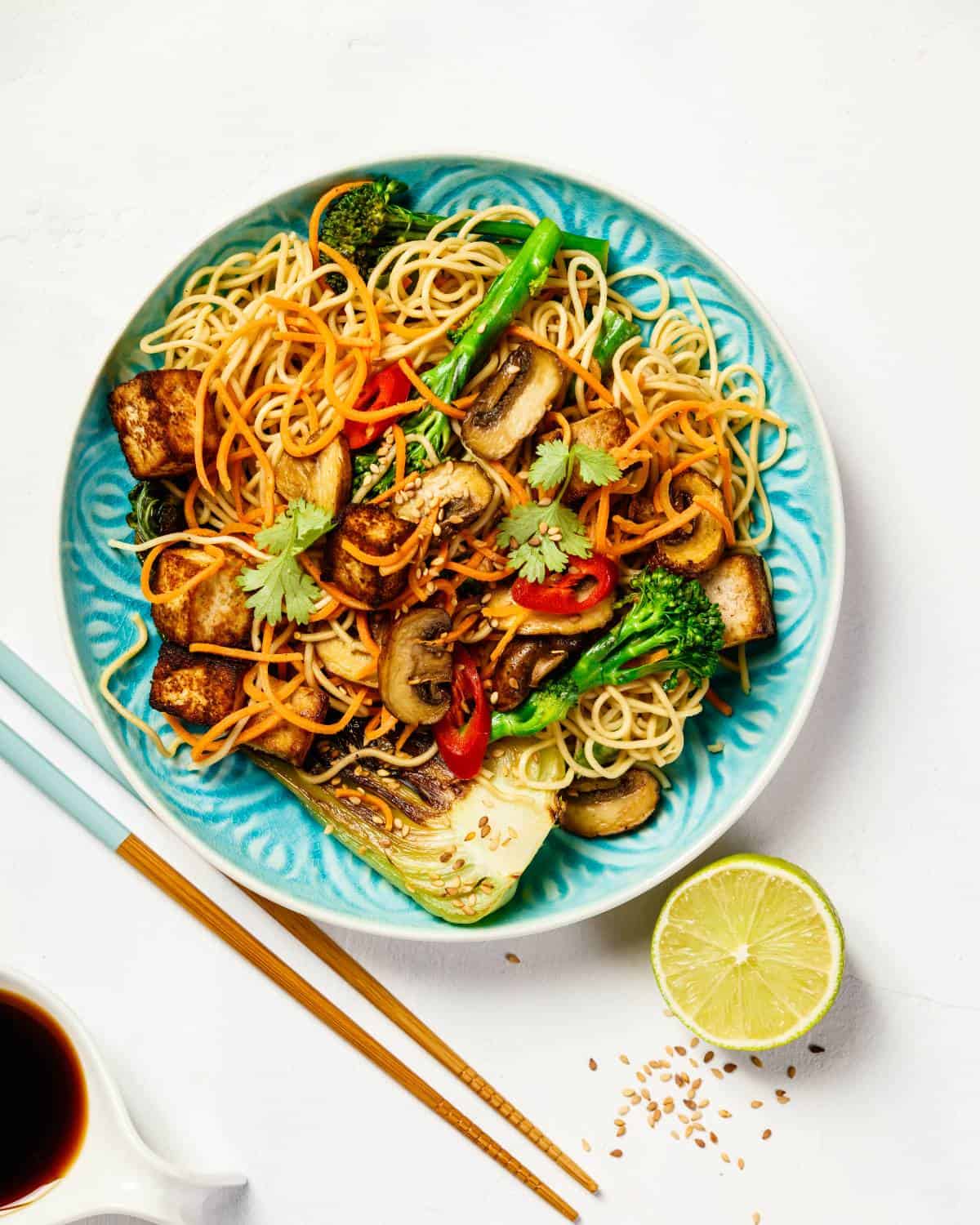
💭 FAQs
There are plenty of substitutes for soy sauce, like tamari or coconut aminos. Check out all our recommendations and how to use them in this article.
If a recipe calls for regular soy sauce, all purpose soy sauce, or just soy sauce, it's referring to light soy sauce.
Light soy sauce usually has around a 7% sodium content, but it's not the same as low sodium soy sauce, which has 25-40% less sodium (depending on brand).
In conclusion, there are many different options for a soy sauce substitute. From tamari, to coconut aminos, and miso paste to low sodium options. We hope there's something in this article to help you when considering soy sauce varieties as well as substitutes.
So we hope this is helpful whether you're making a dipping sauce, stir fry, curry or any other Asian cuisine. There are many different soy sauces or replacements for you to choose from! Happy cooking.
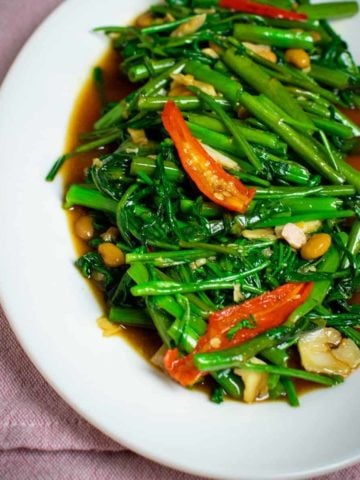
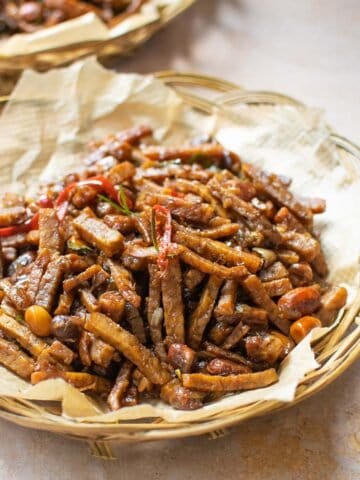
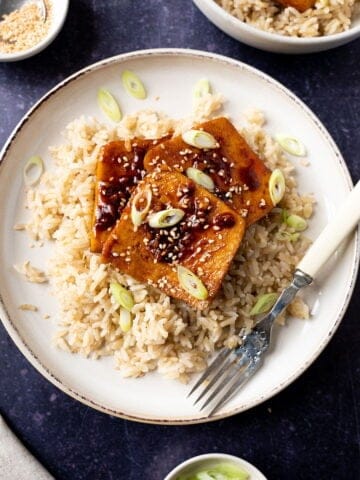
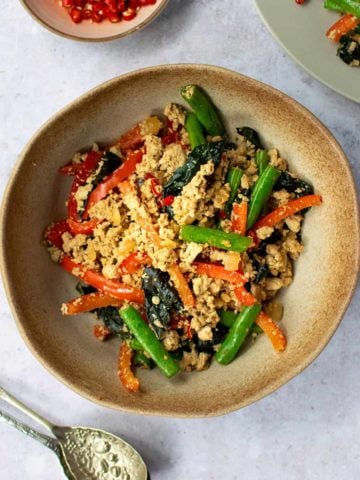
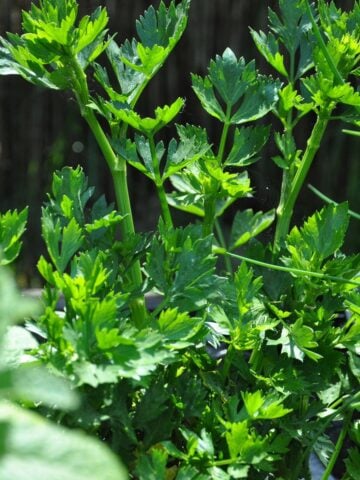

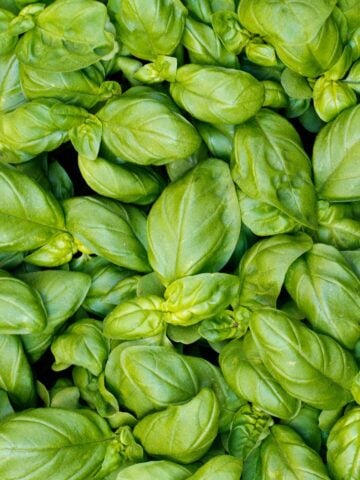
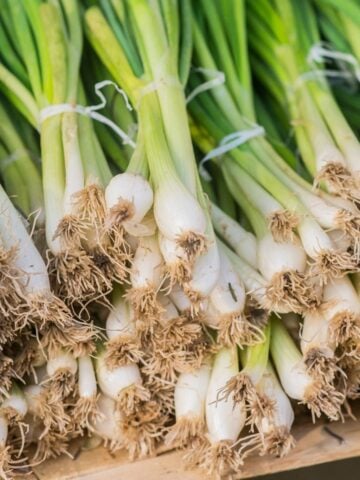
Comments
No Comments